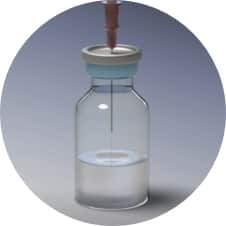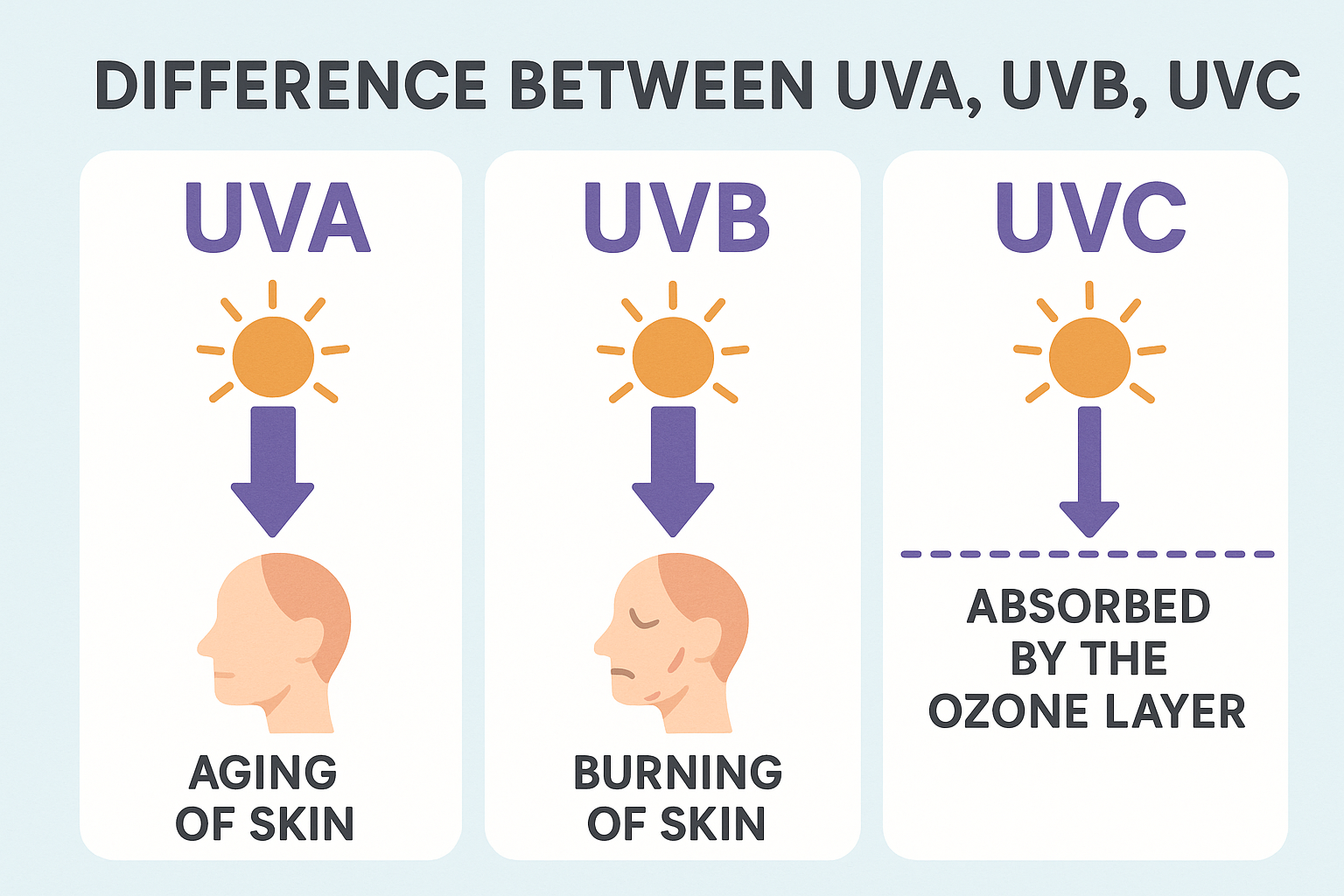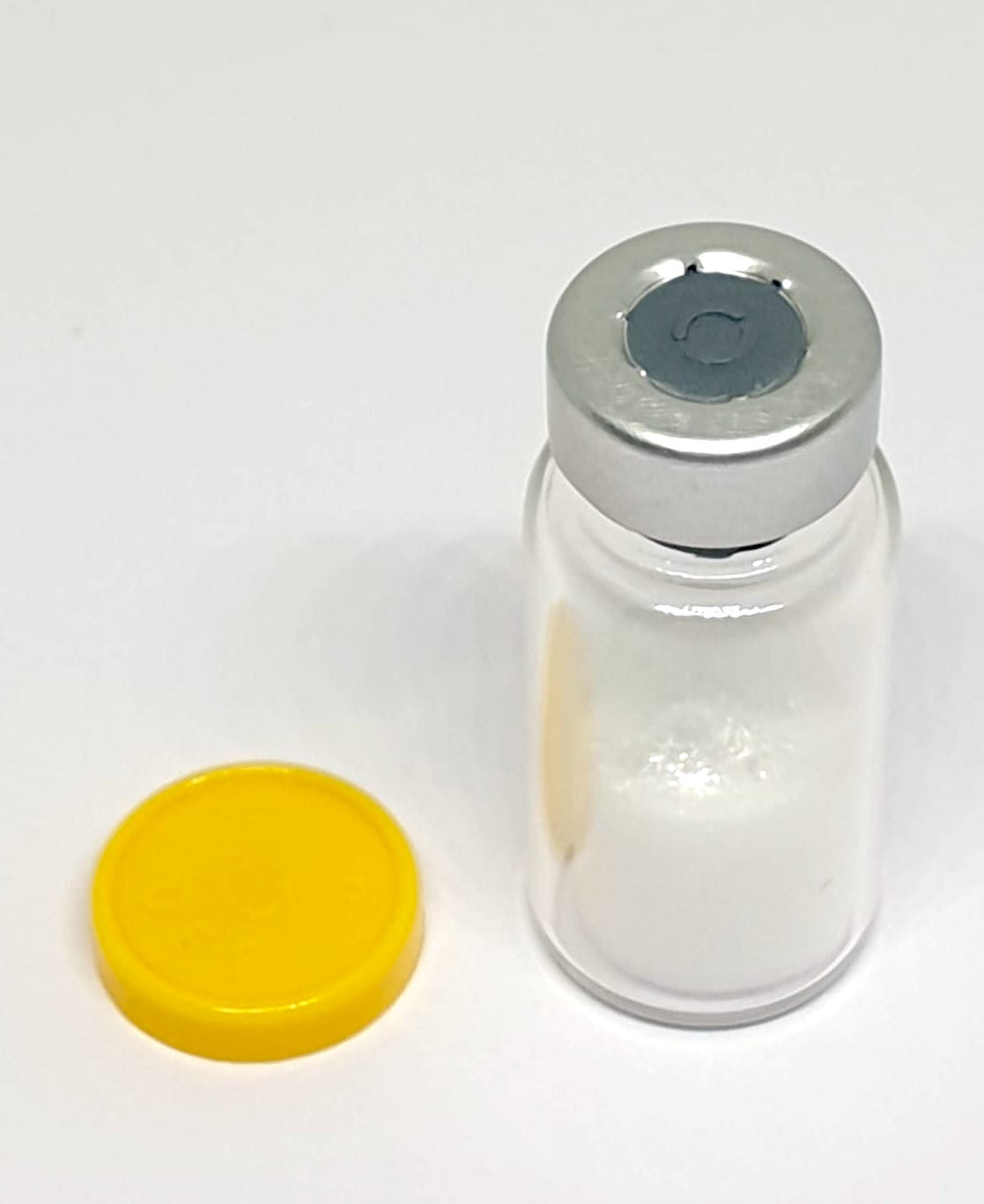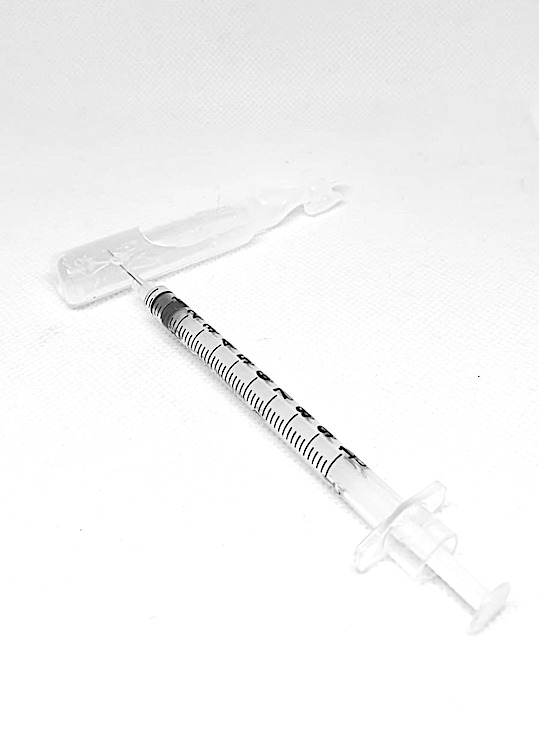
Optimal Storage Temperature for Peptides
The Right Temperature for Storing Reconstituted Peptides
Reconstituted peptides play a critical role in various fields, including research, medicine, and cosmetics. Whether you’re a scientist conducting experiments or an enthusiast of skincare products, the correct storage of reconstituted peptides is vital to maintain their effectiveness. In this blog, we’ll explore the factors that influence the stability of reconstituted peptides and uncover the ideal temperature for their storage.
Why Correct Peptide Storage Matters
Peptides are fragile molecules, susceptible to degradation under certain conditions. Storing reconstituted peptides at the right temperature ensures their stability, potency, and longevity. Factors such as temperature, light, and humidity can all impact peptide integrity, but for now, let’s focus on temperature.
The Ideal Temperature Range for storing Peptides
The ideal temperature for storing reconstituted peptides falls within a specific range: **2°C to 8°C (36°F to 46°F)**. This temperature range, typically referred to as refrigeration, offers a stable environment that slows down the degradation of peptides. Here’s why this temperature range is ideal:
1. **Minimised Chemical Reactions:** At lower temperatures, the speed of chemical reactions decreases. This means that any potential degradation processes in the peptides will occur more slowly, preserving their integrity.
2. **Protection from Bacterial Growth:** Storing peptides in a cool environment helps deter bacterial growth, which can contaminate and degrade the peptide solution.
3. **Preventing Denaturation:** Extreme temperatures can cause peptides to denature, losing their shape and function. Refrigeration keeps them in their native, active form.
Peptide Refrigeration Best Practices
To ensure the proper storage of reconstituted peptides, consider these best practices:
1. **Use a Dedicated Storage Container:** Use a sterile container specifically designated for your peptide solution. This helps prevent cross-contamination and ensures a controlled environment.
2. **Label Clearly:** Always label the container with the peptide’s name, concentration, and reconstitution date. This information is essential for tracking the solution’s potency.
3. **Avoid Freezing:** While low temperatures are ideal, avoid freezing reconstituted peptides. Freezing can lead to crystal formation, potentially damaging the peptide.
4. **Protection from Light:** To further safeguard your peptides, store them in amber or opaque containers to shield them from light, which can accelerate degradation.
5. **Regular Inspection:** Periodically inspect your peptide solutions for any signs of contamination, cloudiness, or unusual changes. This can help you catch any issues early and maintain the quality of your peptides.
Conclusion
Storing reconstituted peptides ( including Melanotan 2 )at the correct temperature is crucial to maintaining their potency and effectiveness. Refrigeration, within the range of 2°C to 8°C, is the optimal choice for slowing down degradation processes and ensuring the longevity of your peptide solutions. By following these best practices and providing your peptides with the right environment, you’ll maximise their potential in your scientific experiments or skincare routines.







This Post Has 0 Comments